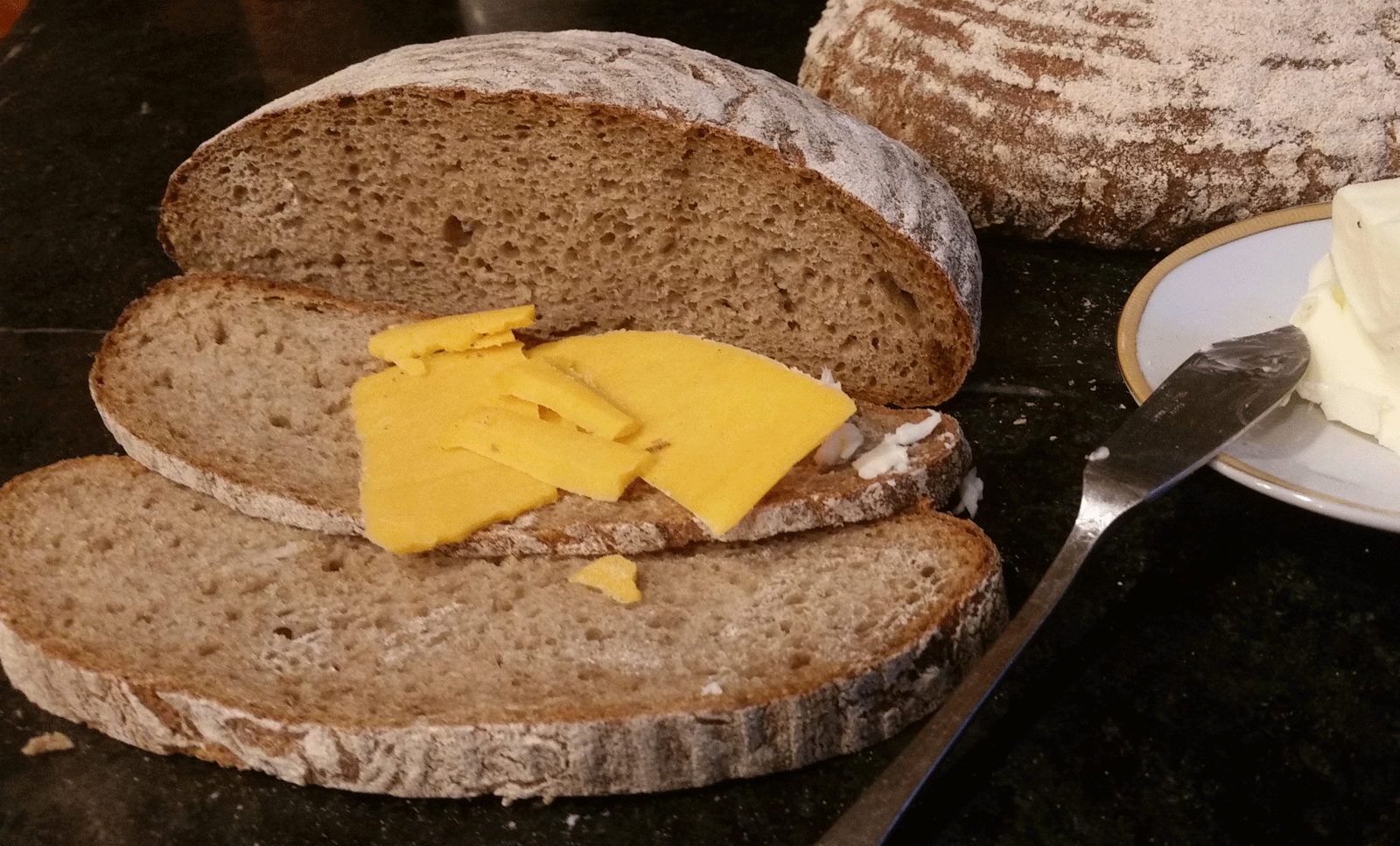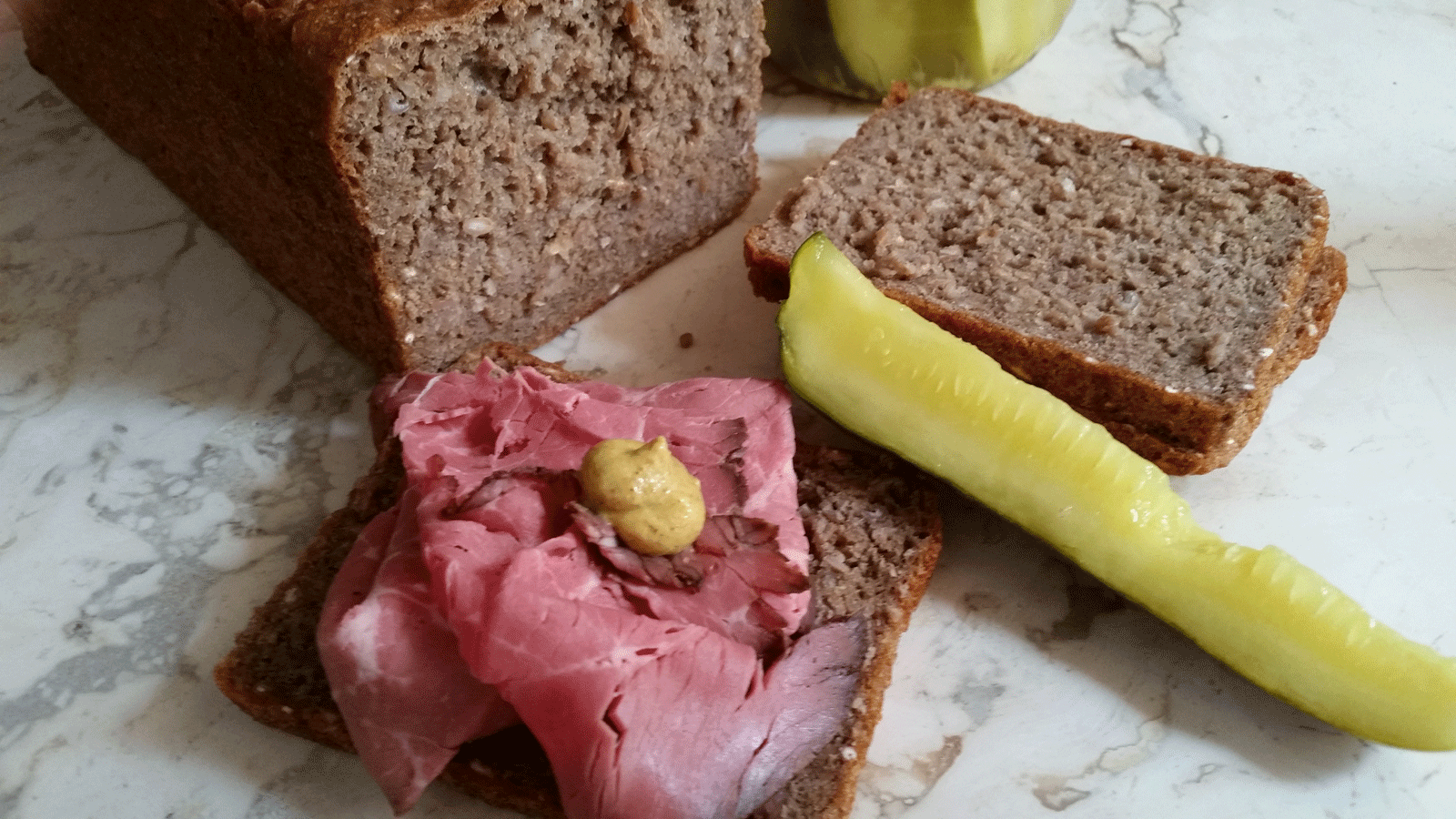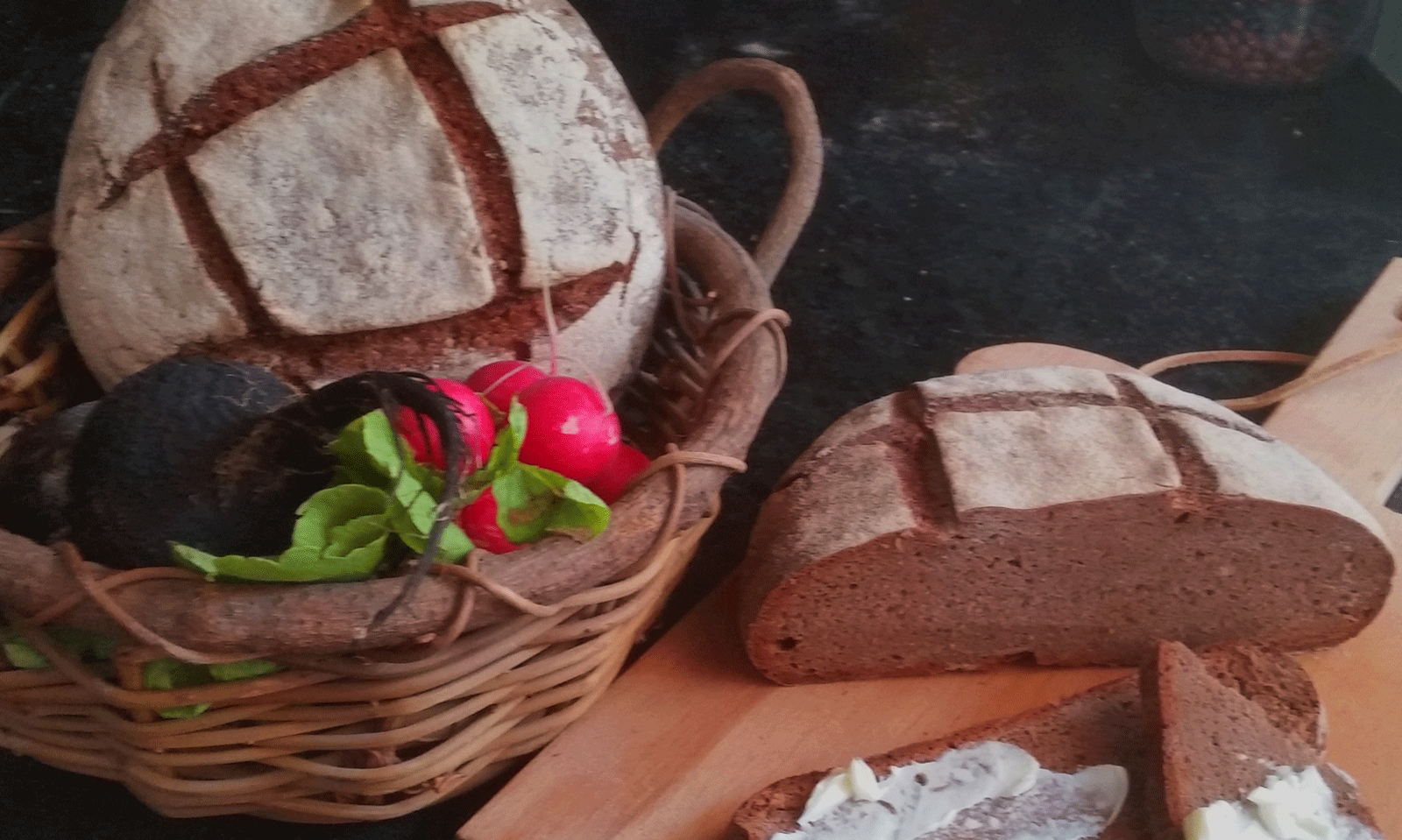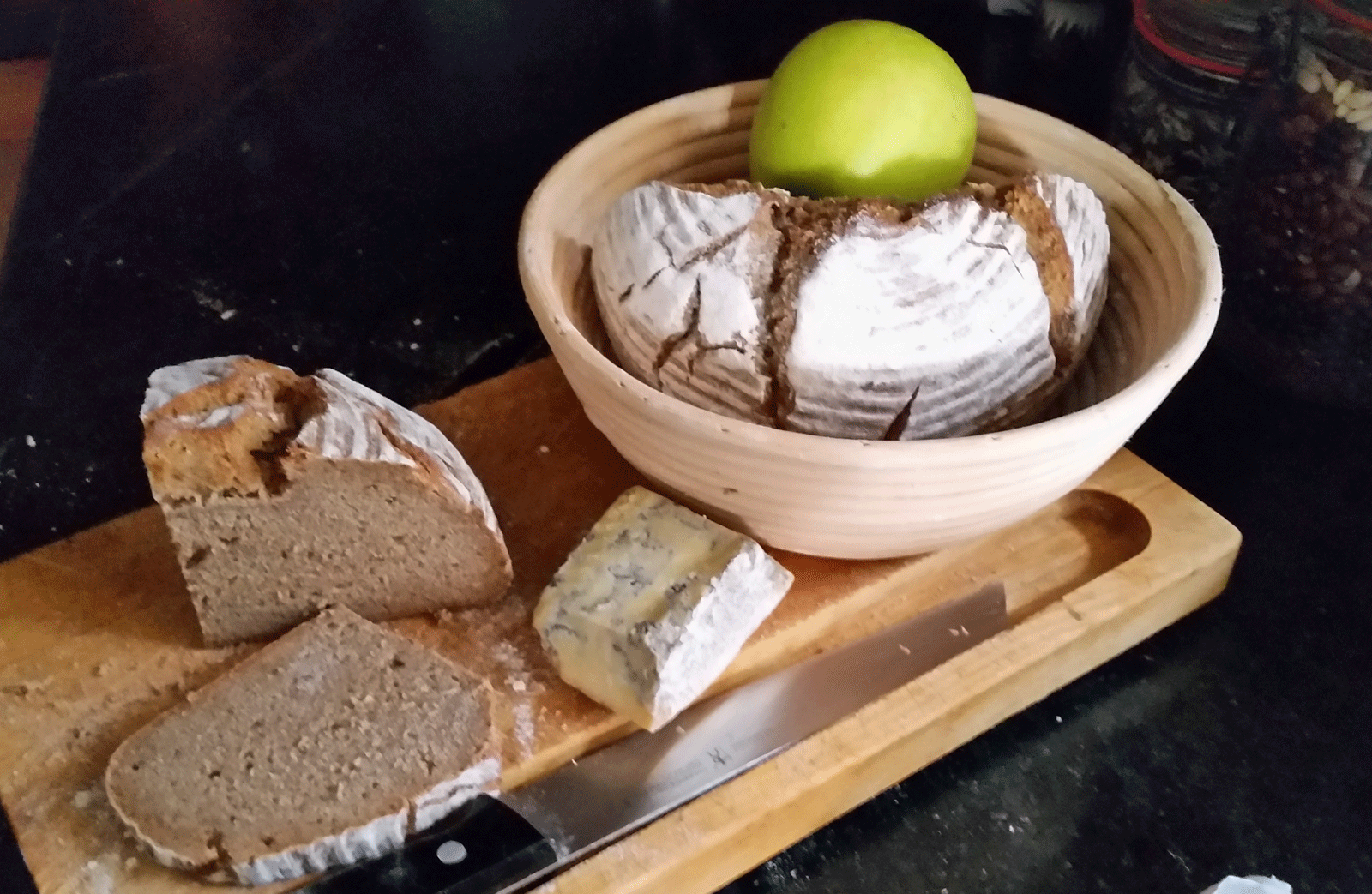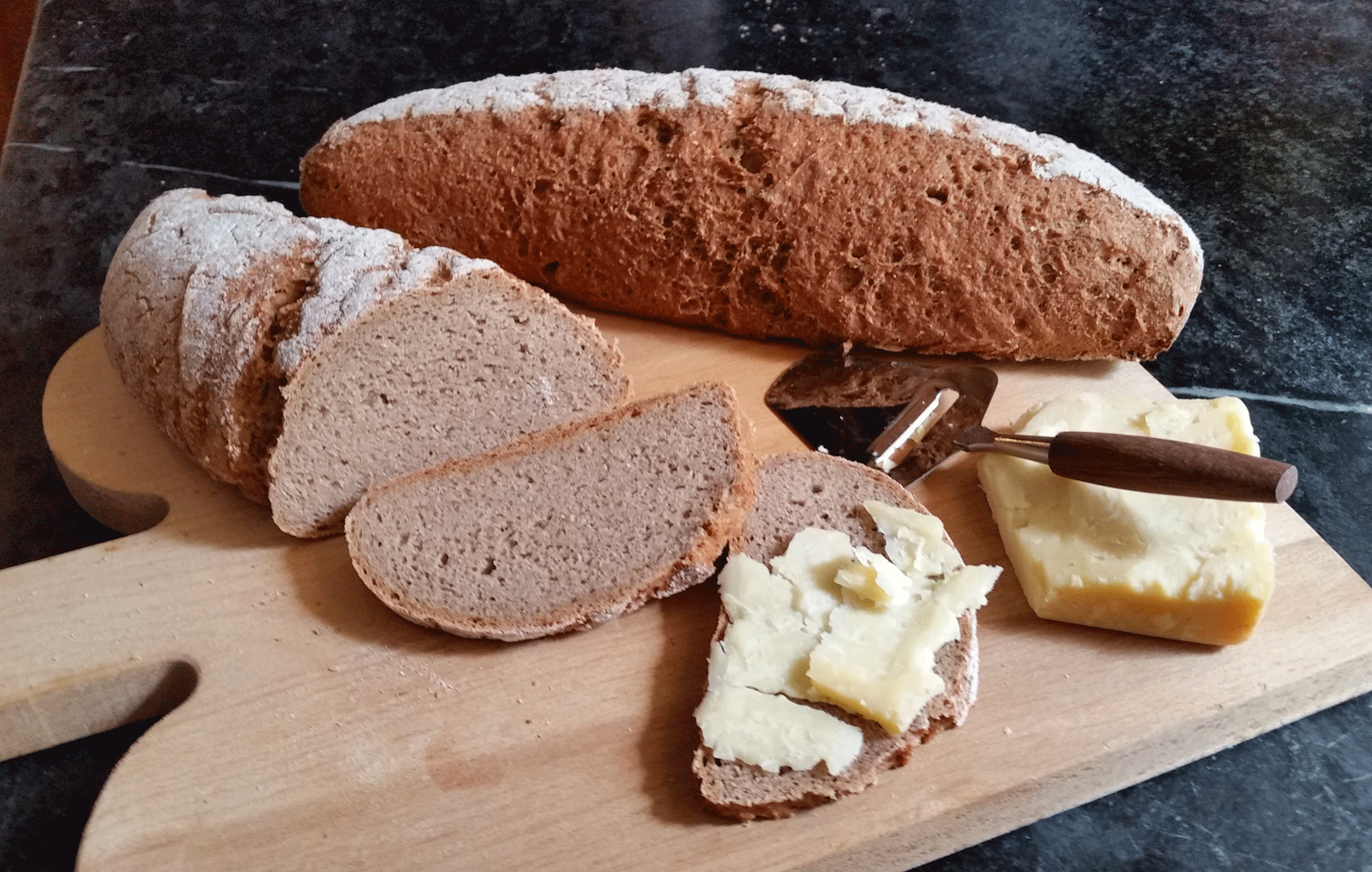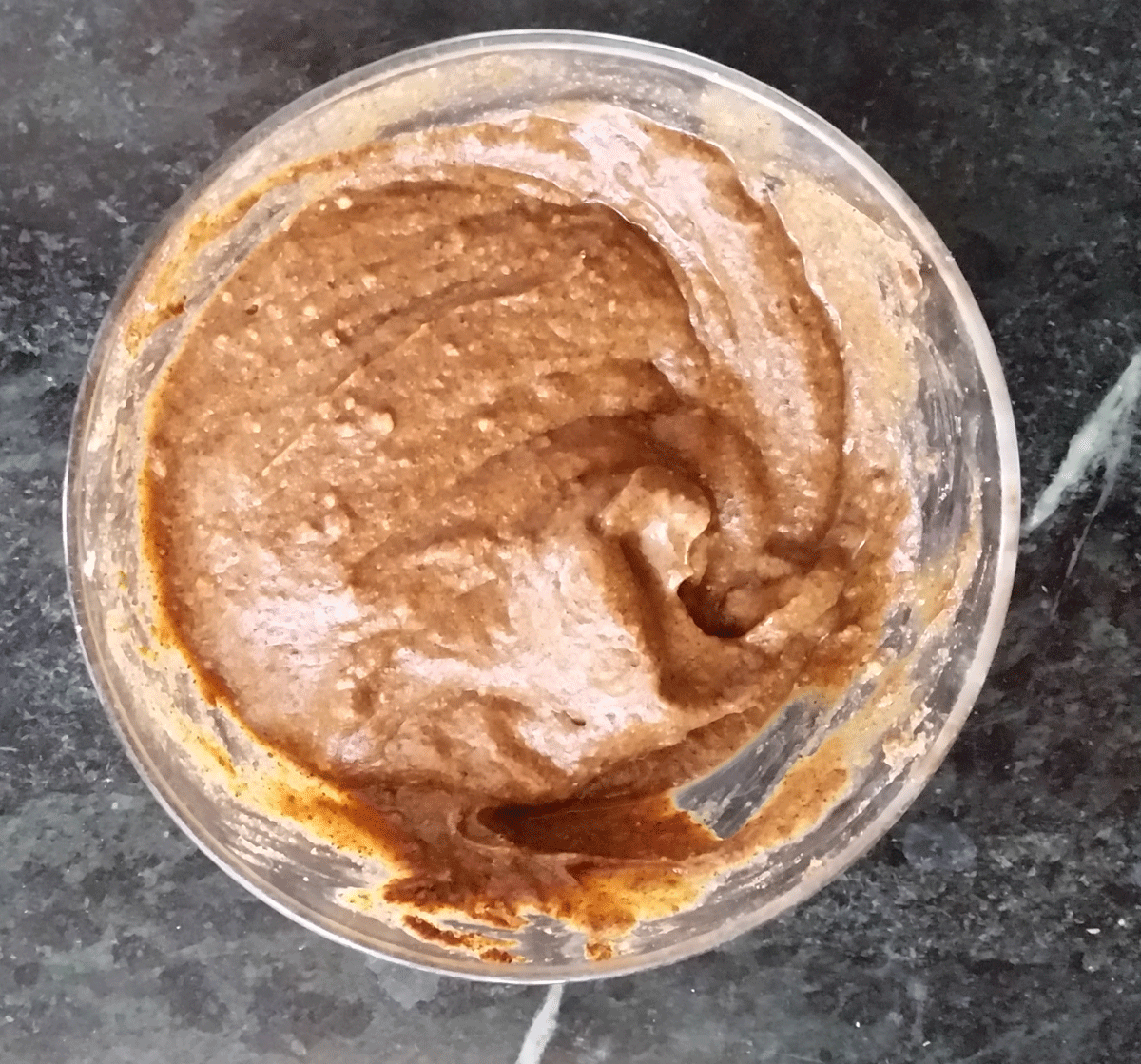
Not long ago I was surprised and pleased to find myself, my new book (The Rye Baker) and this blog mentioned in a Washington Post food article titled “Why are some rye breads scalded?” By way of defining a scald, the author posted a link to the British blog Virtuous Bread that describes the how-tos of scalding and concludes – rightly so – that the technique produces a “gorgeous bread” with a crumb that’s “soft and chewy as if there was a lot of fat in it.”
From my point of view, the article was a very good start, but only part of a more complex and nuanced story.

